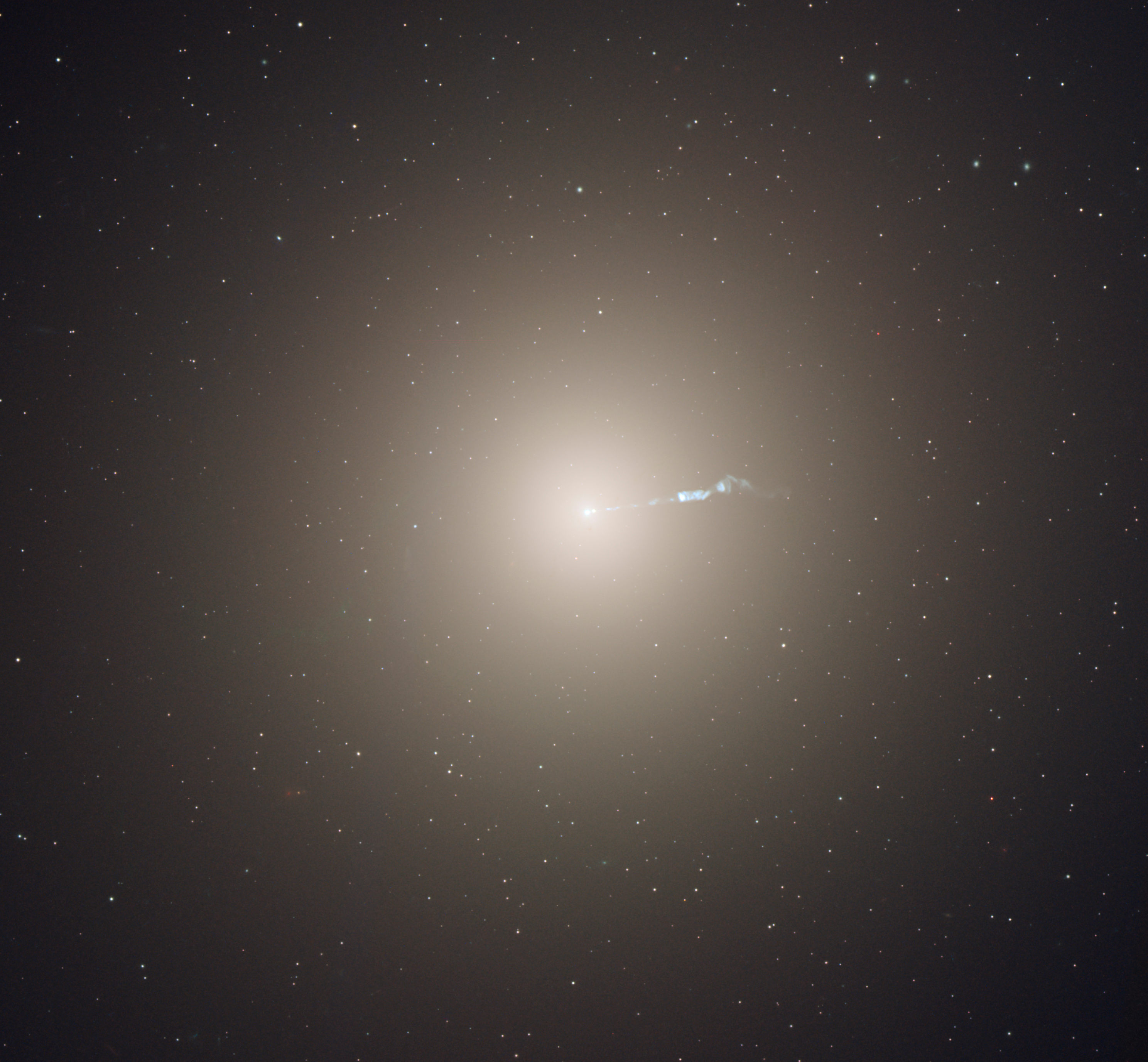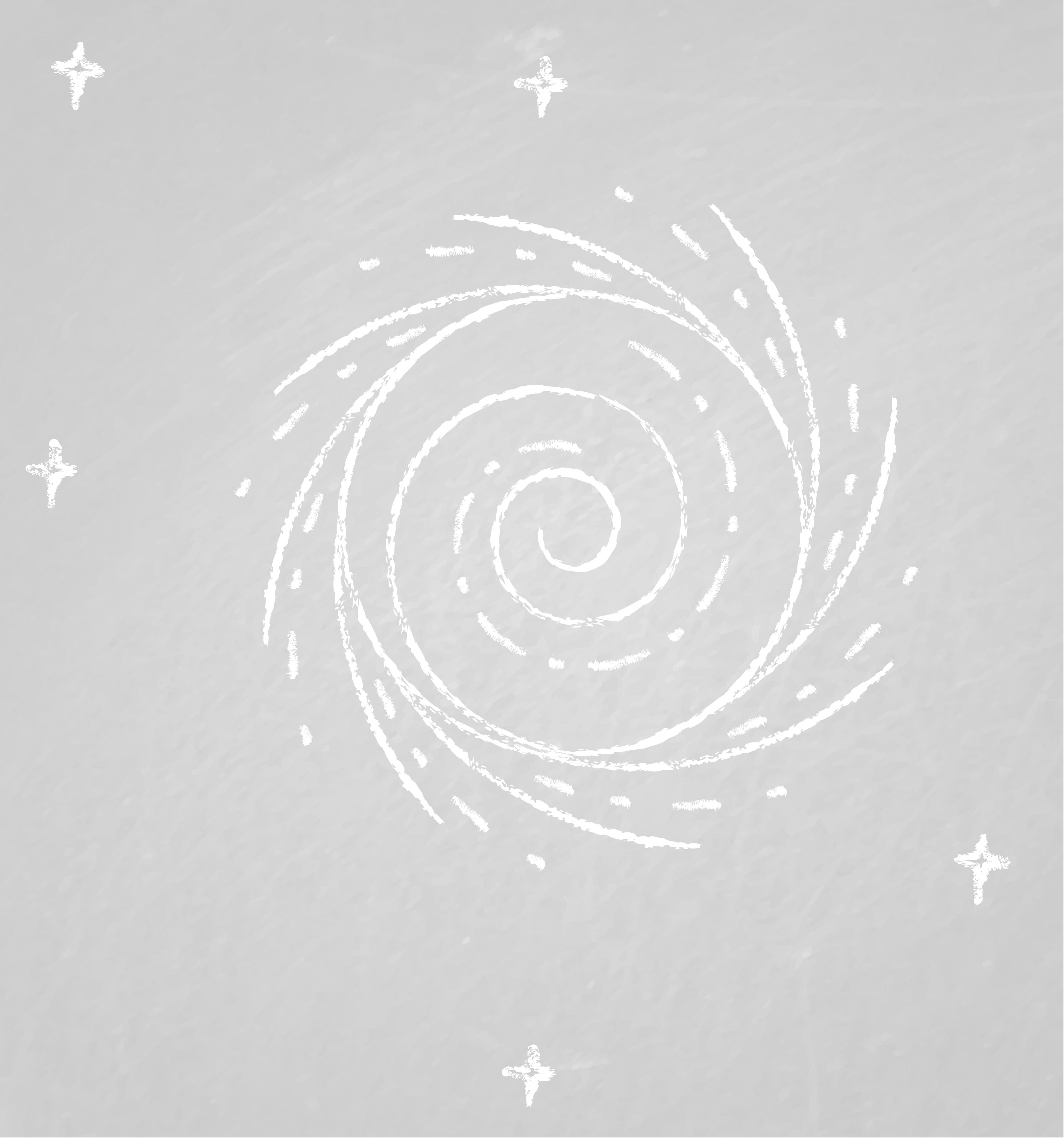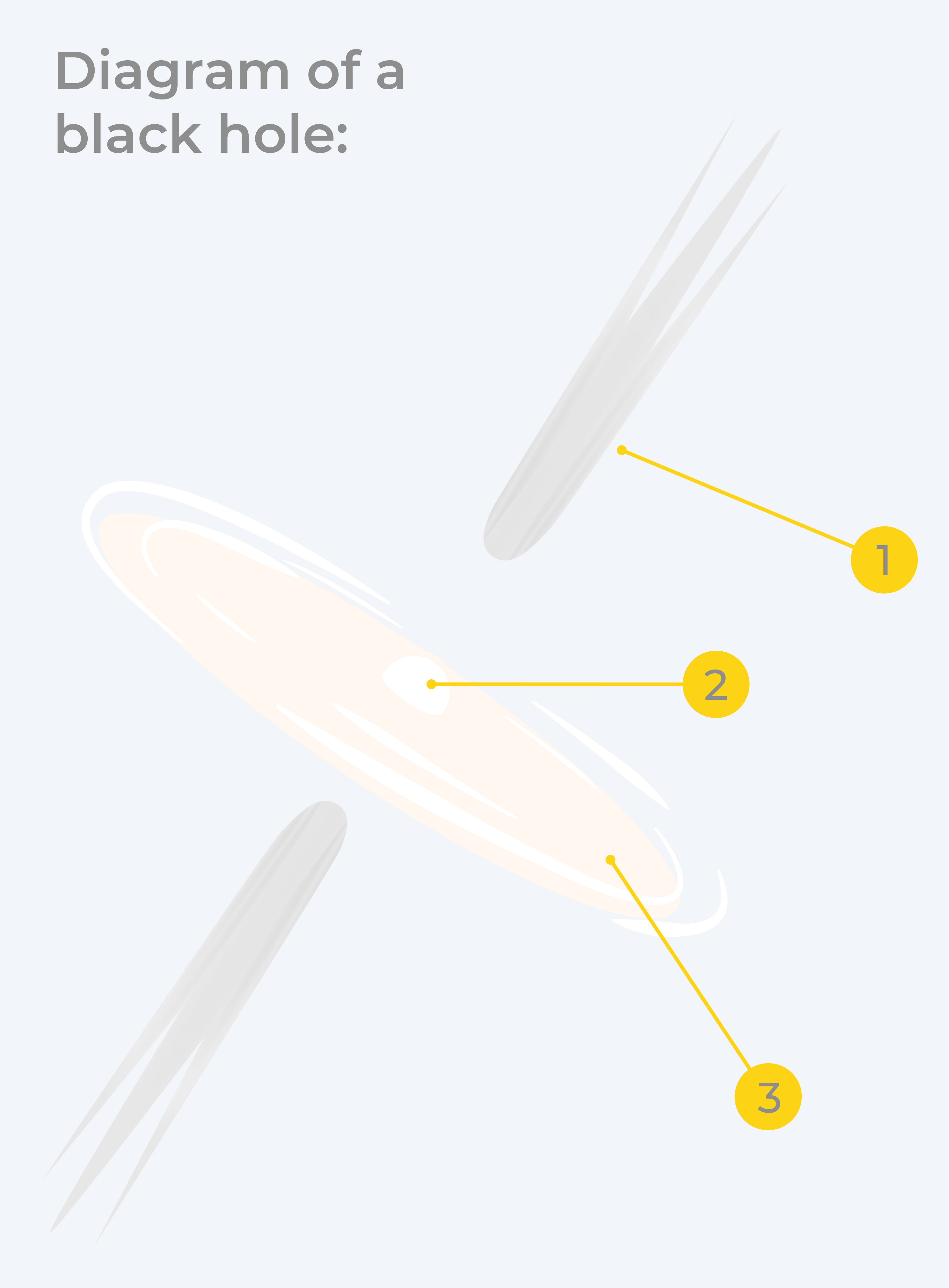digest | Historic first photos of a black hole
April 10, 2019

image | above
Streaming out from the center of the Messier 87 galaxy like a cosmic search-light is one of nature’s most amazing phenomena: a black hole with a fast moving jet of atomic particles streaming out of it — traveling at nearly light speed.
photo: NASA • Hubble Space Telescope
— contents —
~ story
~ photo gallery
~ background
~ expert quote
~ press conference
~ pages
~ reading
~ infographic
— the story —
historic date: April 10, 2019
Scientists from the Event Horizon Telescope project have captured the first images of a black hole — deep in the core of the Virgo A galaxy (also called the Messier 87 galaxy). Seen in the photo above + the gallery below: the image of the black hole at the galaxy’s center is the result of an international, 2 year mission to zoom-in on the vortex. For the first time in history, the photos reveal the contours of a black hole’s event horizon. That’s the “point of no return” where all light + matter nearby the black hole fall into its funnel, without escape.
Located through-out space, black holes are mysterious vortexes (similar to whirlpools) that appear to suck everything close-by (particles, gases, light) into their large, rotating centers — but it’s not clear to scientists how or where anything exits.
The black hole in the Messier 87 galaxy is 53 million light-years away. It’s a distant galaxy — engulfed by clouds of dust + gas. No visible light telescope could see the black hole through that debris field. It’s not the nearest black hole, but it’s huge: as wide as our entire solar system, and 6.5 billion times the mass of our sun. For that reason, it’s called a super-massive black hole.
It’s so large that you can see it in the night sky — along with the black hole named Sagittarius A, at the center of our Milky Way galaxy. To get the images: astronomers networked radio telescopes all over the world to magnify black hole no. M87 to extreme resolution. The combined network is called the Event Horizon Telescope project. 8 telescopes observed the black hole at the same time — functioning together, as if they were just 1 telescope the size of our entire planet.
The project couldn’t image the black hole directly — because black holes don’t emit enough radiation to be detected using existing telescopes. But at the edges, just before its suction becomes too intense for light + matter to escape, a black hole accelerate particles to high speeds. Moments before falling past the event horizon, that matter rubs against itself generating friction — and glowing. The radio waves detected by the Event Horizon Telescope project were part of that process.
Data will continue to come in from the Event Horizon Telescope project’s network: they’re also observing the much nearer (but smaller) super-massive black hole Sagittarius A — in the middle of the Milky Way galaxy.
w. materials from: Live Science

Veritasium | video: first images of black hole
Veritasium | video: how to understand the images of a black hole
watch | background
Event Horizon Telescope project | video: how the telescope will see a black hole
quote | expert
from: France Cordova PhD
bio: Director at the National Science Foundation
We’ve been studying black holes for so long — that sometimes it’s easy to forget that none of us has ever seen one. We’re delighted to report: we’ve seen what we thought was un-seeable. We now have visual evidence of a black hole.
— France Cordova PhD

organization: National Science Foundation
organization: Event Horizon Telescope project
event title: Revealing the fist image of a black hole
press conference: see footage
on the web | pages
National Science Foundation | home
National Science Foundation | exploring black holes
National Science Foundation | YouTube channel
Event Horizon Telescope project | home
Event Horizon Telescope project | videos
Event Horizon Telescope project | YouTube channel
on the web | reading
Astronomy | The nature of M87
deck: Event Horizon Telescopes look at a super-massive black hole.
National Geographic | First-ever picture of a black hole unveiled
deck: Using a telescope the size of the planet, astronomers have captured the first image of this space oddity.
deck: Here’s why that matters.
Live Science | It’s Here: the first ever close-up of a black hole
Live Science | Why is the first ever black hole photo an orange ring?
image | below
A black hole seen from 3/4 view.

legend | infographic
no. 1 — jets of high speed particles
no. 2 — center of the black hole
no. 3 — accretion disk
image | below
A black hole seen from top view.

legend | infographic
no. 1 — jets of high speed particles
no. 2 — center of the black hole
no. 3 — accretion disk
legend | diagram of a black hole
A black hole is a vortex in space that sucks-in cosmic gases + dust. But when black holes are observed optically they appear faint like distant stars — and in some cases they’re hardly visible. Huge black holes are called “super-massive.”
All black holes function like eddies or cyclones — swirling nearby gases + dust into an whirlpool formation (called an accretion disk) — and throwing-off jets of particles moving almost the speed of light. If one of these jets happens to be pointing directly at planet Earth we call it a “blazar.”
Around the outside of the black hole is the accretion disk — it’s a round pool made-up of scattered matter, in motion (in orbit) around the black hole’s center. In space, floating materials come together — and stick together — as they’re sucked into the black hole’s vacuum, eventually becoming large collections of solid particles + gas clouds that will never escape the black-hole’s pull.
Scientists do not know much about what happens at the mysterious center of a black hole. Since matter is never destroyed — according the laws of nature — we can imagine that cosmic gases + dust that enter the black hole’s center eye compress until they’re broken into tiny particles, perhaps smaller than an atom. Maybe they exit unseen, because of the limits of today’s optical technology.
Some theorists believe that the materials entering a black hole never leave it, and don’t come out the other end. Others believe in a more wild hypothesis: that matter could disappear into some other dimension.
— notes —
EHT = Event Horizon Telescope project • org.
NSF = National Science Foundation of the United States • gov.
NASA = National Aeronautics + Space Admin of the United States • gov.
* France Cordova is France Anne-Dominic Cordova PhD
